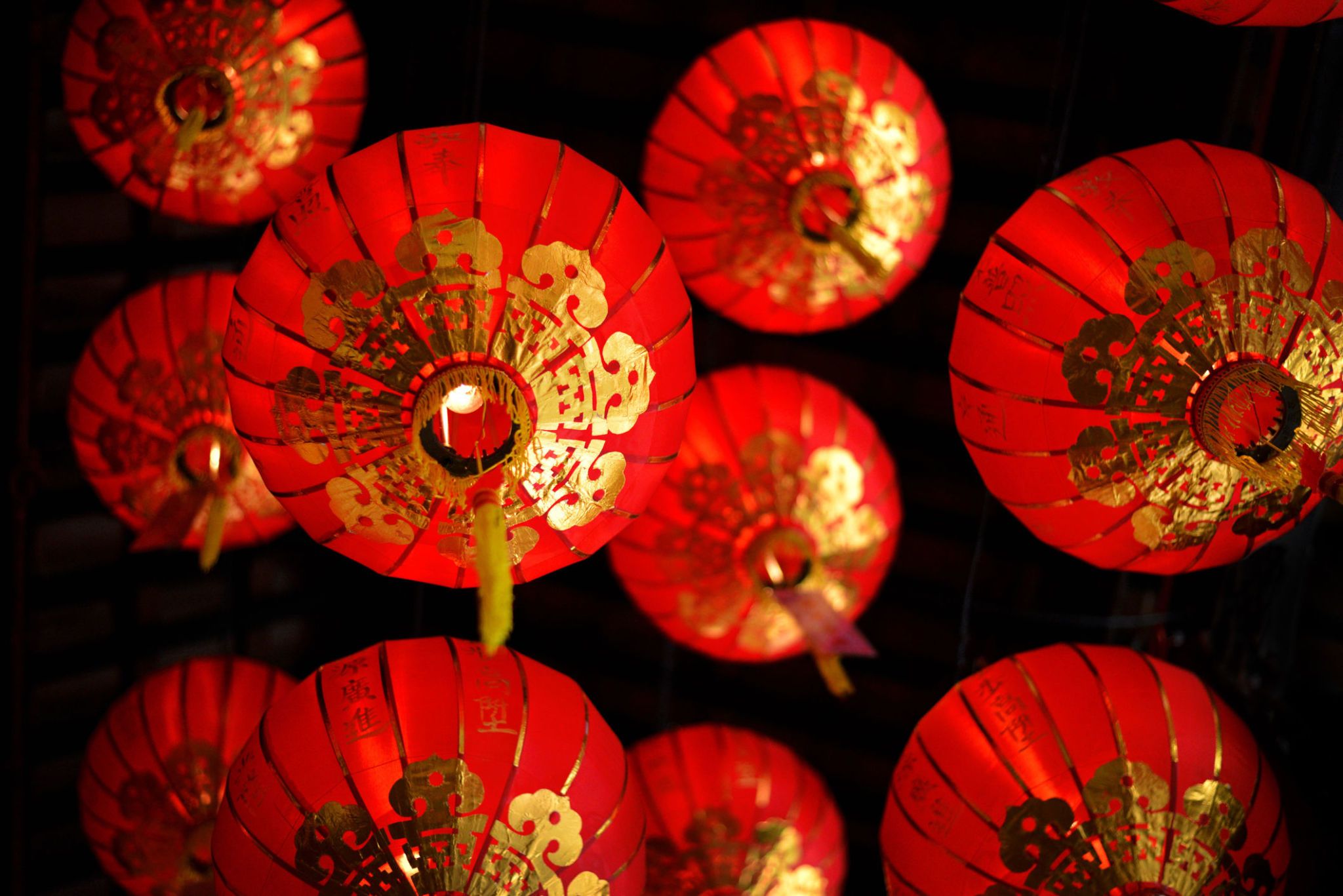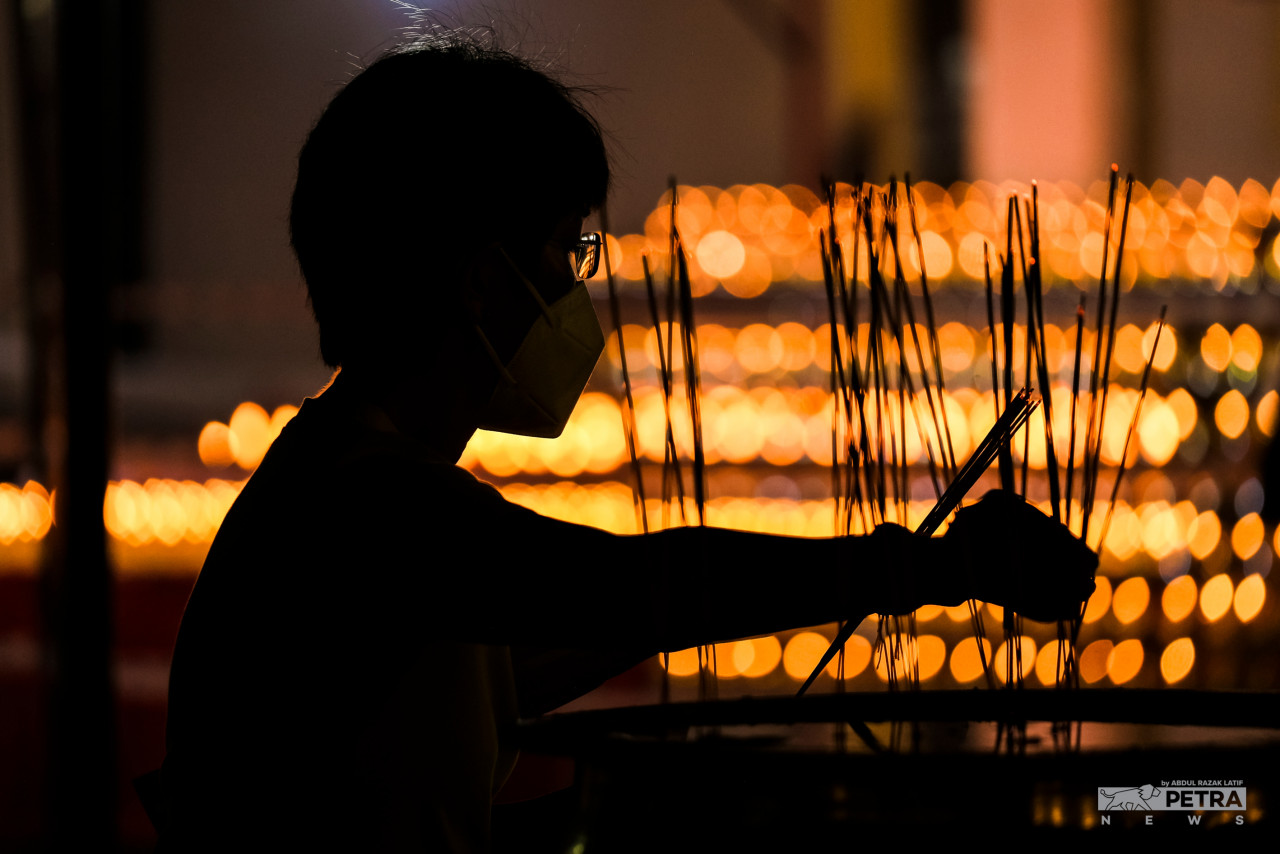


As the world spins through its annual cycle, there are few celebrations as vibrant and culturally significant as Chinese New Year. Also known as the Spring Festival, this cherished holiday marks the beginning of the lunar new year in the traditional Chinese calendar. It’s a time of immense joy, steeped in age-old traditions, familial bonds, and hopes for a prosperous year ahead. Join me as we explore the richness and significance of Chinese New Year.

Dating back over 3,000 years, the origins of Chinese New Year are deeply rooted in legend and myth. According to one popular legend, the holiday originated with the mythical beast Nian, who would terrorize villages on the eve of the new year.
Villagers soon discovered that Nian feared loud noises and the color red, leading to traditions such as firecrackers and hanging red decorations to ward off evil spirits.
At the Buddhist Maha Vihara, Chinese New Year day is a time for devotees to seek blessings and guidance from the venerable Sangha.
Throughout the day, monks and nuns lead special prayers and ceremonies, invoking blessings of peace, prosperity, and spiritual well-being for all who gather to pay homage.
As darkness gives way to light, the symbolism of illumination takes on profound significance during Chinese New Year. Devotees have the opportunity to sponsor oil lamps, candles, and Chinese lanterns igniting the flame of hope and enlightenment in their hearts and in the world around them.
The soft glow of these lights serves as a beacon of positivity, dispelling darkness and ushering in a bright and promising new year.
